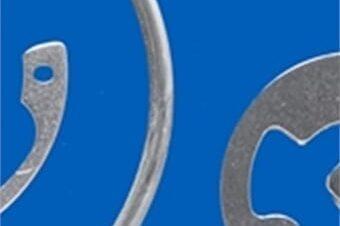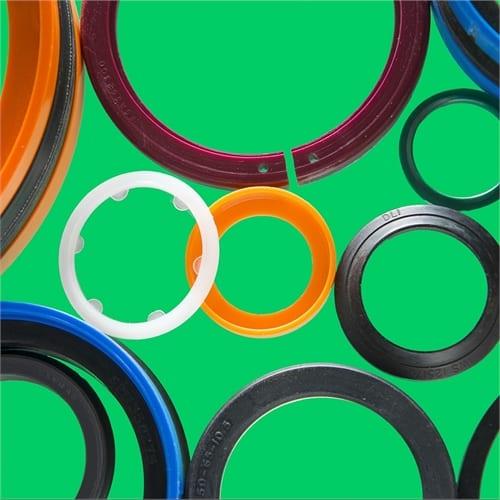

Both pneumatics and hydraulics are applications of fluid power. Pneumatics uses an easily compressible gas such as air or a suitable pure gas—while hydraulics uses relatively incompressible liquid media such as oil. Most industrial pneumatic applications use pressures of about 80 to 100 psi. Hydraulics applications commonly use from 1,000 to 5,000 psi but specialized applications may exceed 10,000 psi
Have our catalogue sent to your door

